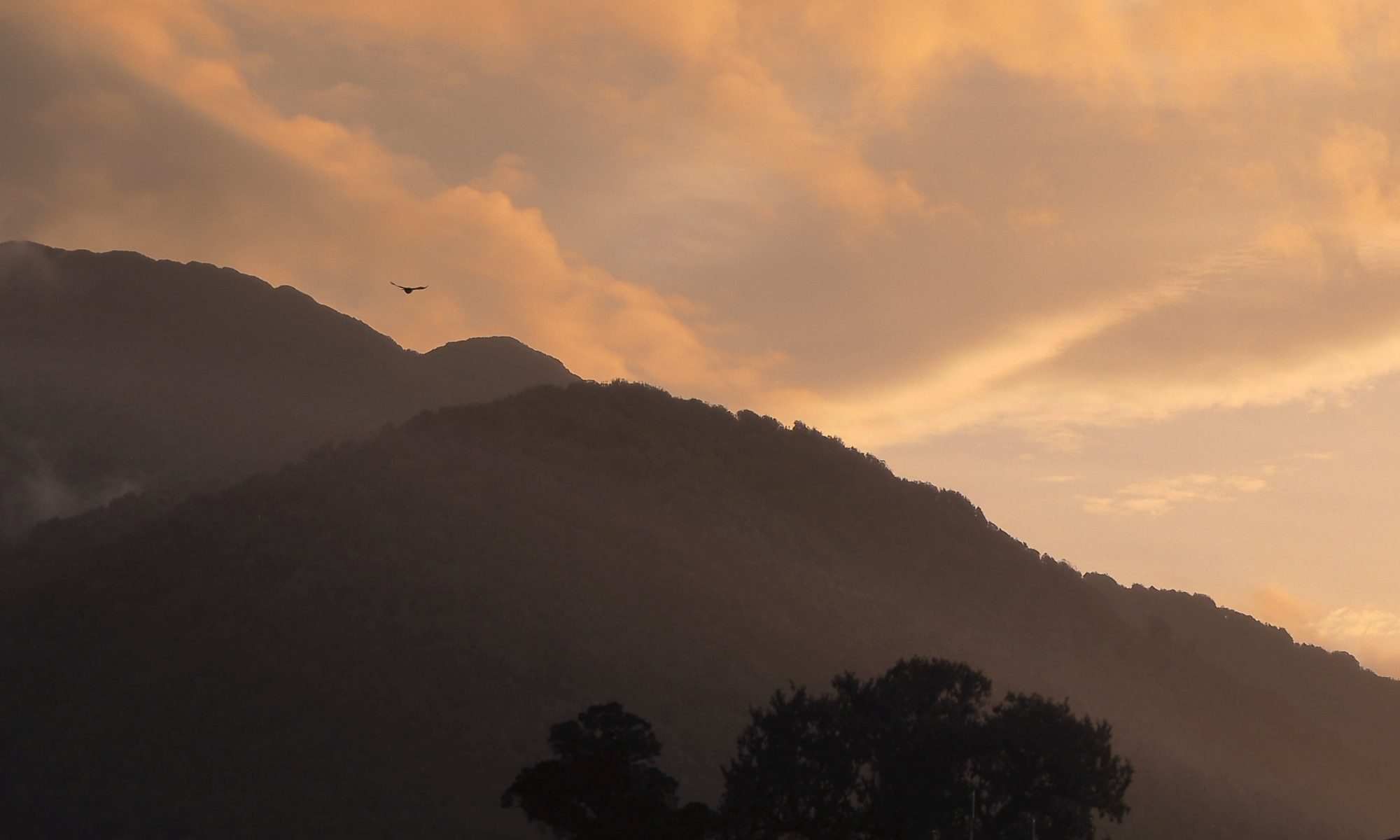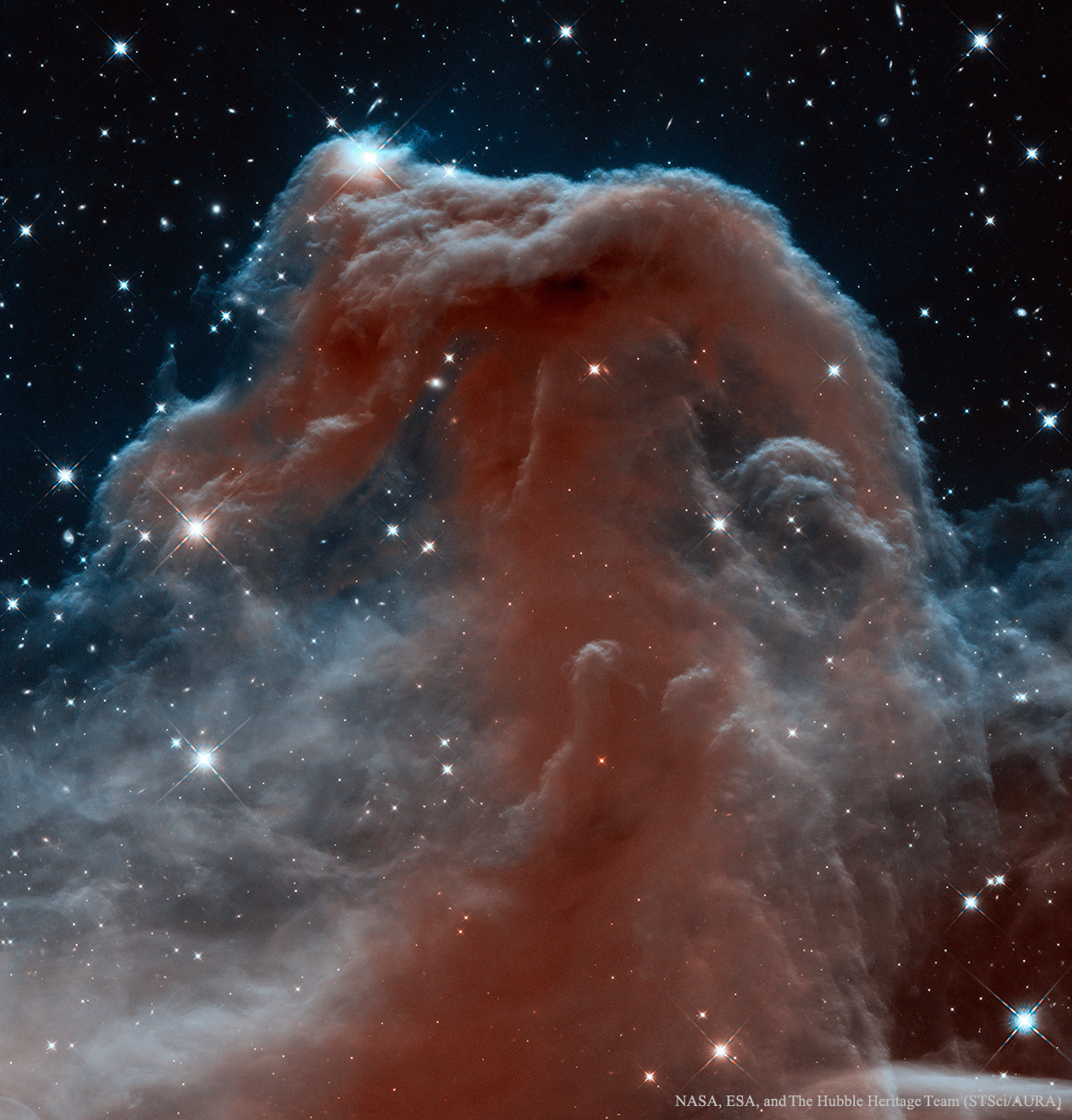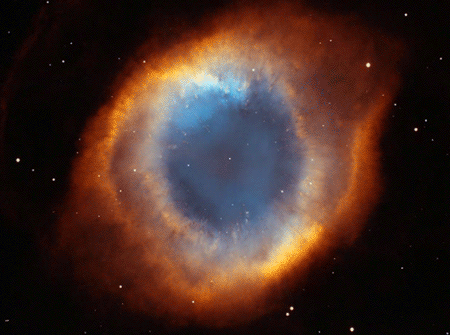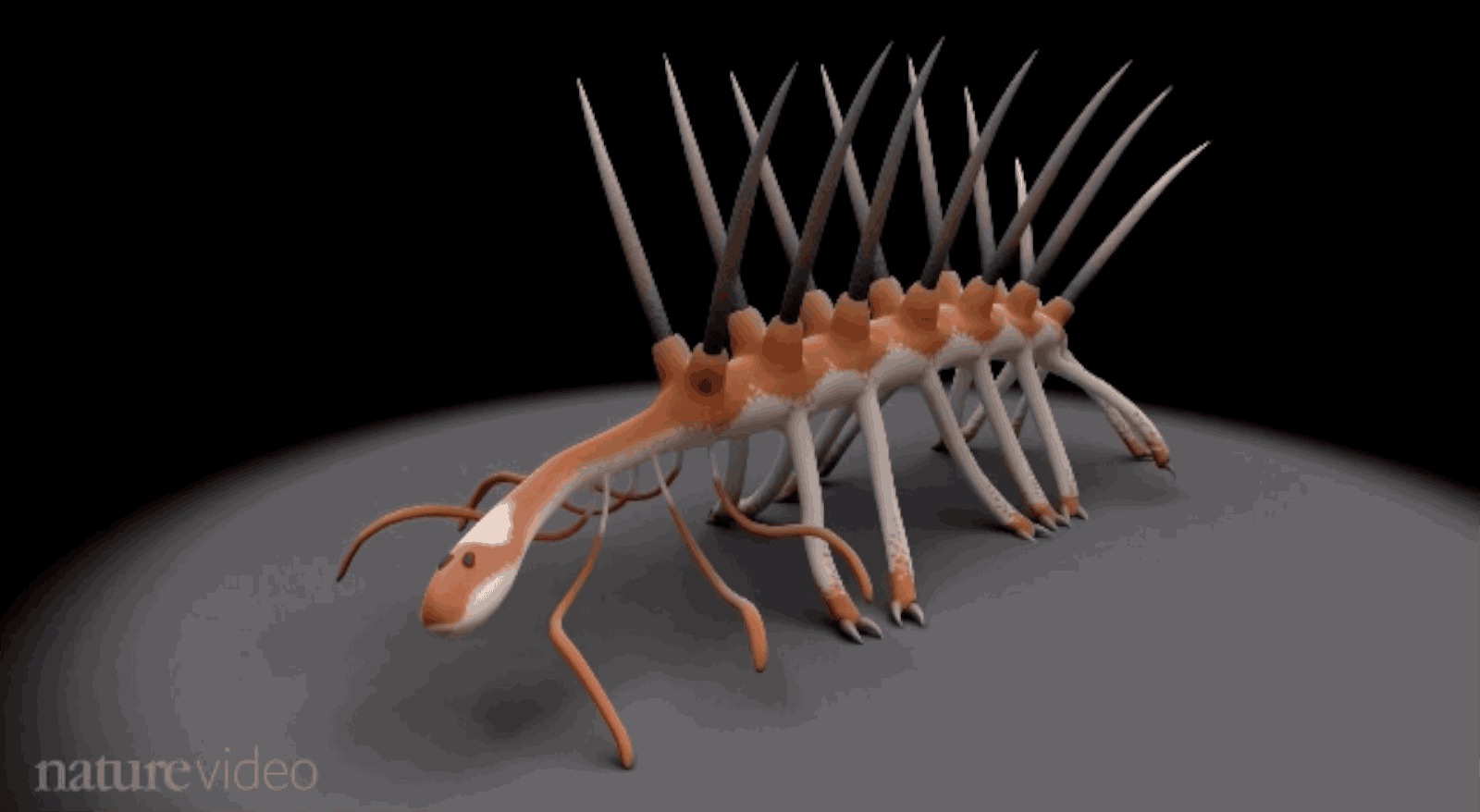
Originally shared by 송민호 (Song Min-ho)
Shadow_Mind – Kim Se-il (Sculptor)


Remembering Earth-that-was
 <
<
Originally shared by Corina Marinescu
Strokkur Geyser – Iceland
A geyser is the result of high-temperature steam rising up from cooling magma beneath, which causes an eruption of water.
Eruptions usually occur with intervals of between 5-10 minutes and involve a single burst reaching a height of up to 30 meters, although occasionally up to 5 bursts in relatively quick succession are observed. Prior to eruptions, the pool is full and gently pulsates up and down. The eruption commences when a pulse of steam rising from below pushes the water in the pool upwards forming a large dome (or bubble) of water through which the steam bursts and expels much of the water in the pool skywards.
Reference:
http://www.photovolcanica.com/VolcanoInfo/StrokkurGeyser/StrokkurGeyser.html
http://www.youtube.com/watch?v=ceWWMfhAvD4

“The Horsehead Nebula in Infrared from Hubble ” is NASA’s Astronomy Picture of the Day:

Move across Helix Nebula
A counterclockwise zoom and rotation sequence of the Helix Nebula. The Hubble’s Advanced Camera for Surveys image of the Helix Nebula reveals thousands of comet-like filaments embedded along the inner rim of the nebula that point back towards the central star.
► Credit: NASA, The Hubble Helix Team and G. Bacon (STScI)
► The animation below comes from a NASA video “Move across Helix Nebula”, that you can watch here>>
http://hubblesite.org/newscenter/archive/releases/2003/11/video/c/
Helix Nebula, also known as NGC 7293, located at a distance of about 700 light-years in the constellation Aquarius, is one of the nearest planetary nebulae to Earth.
This bright and large planetary nebula was discovered by Karl Ludwig Harding, probably before 1824.
It is similar in appearance to the Cat’s Eye Nebula and the Ring Nebula, whose size, age, and physical characteristics are similar to the Dumbbell Nebula, varying only in its relative proximity and the appearance from the equatorial viewing angle.
The Helix Nebula has sometimes been referred to as the “Eye of God” in pop culture, as well as the “Eye of Sauron”.
The Helix Nebula is an example of a planetary nebula, or ‘nebula’ formed at the end of a star’s evolution. Gases from the star in the surrounding space appear, from our vantage point, as if we are looking down a helix structure. The remnant central stellar core, known as a planetary nebula nucleus or PNN, is destined to become a white dwarf star. The observed glow of the central star is so energetic that it causes the previously expelled gases to brightly fluoresce.
The Helix Nebula was also the first planetary nebula discovered to contain cometary knots. More than 20,000 of them are estimated to be in this interesting nebula. Their origins are still not well understood.
Further reading and references
► https://en.wikipedia.org/wiki/Helix_Nebula
► http://apod.nasa.gov/apod/ap080413.html
► http://www.noao.edu/jacoby/pn_gallery.html
► http://hubblesite.org/newscenter/archive/releases/1996/13/image/a/

A brilliant riff on a fascinating paper…
Originally shared by Brian Koberlein
The Fading Truth
By some estimates the rogue world has been cold for about 100 billion years. What atmosphere it once had was long gone, and for most of its life the world sailed between the starry sea of the supergalaxy. But for the first few billion years of its existence it had orbited a star. Under the warmth of a sun, life arose. Remnants of life on the world are faint, but unmistakable. And then there is the beacon….
The rest is at https://briankoberlein.com/2016/06/02/the-fading-truth/

A reconstruction of Hallucigenia’s walking gait, created by Lars Fields.
“Hallucigenia were tiny marine worms — commonly just 15 millimeters in length — that lived in the Cambrian period, when complex, multicellular life was starting to populate the Earth….”
https://www.livescience.com/51331-bizarre-ancient-worm-face-revealed.html
The people support Hillary…